This is the seventeenth in a Series of Reminiscences by E. R. Brown. Brown was born in Pulaski County on August 9, 1845. His writings are abstracted from the “Pulaski County Democrat” on microfilm housed in the Pulaski County Public Library, Winamac, Indiana. Find links to earlier entries at the end of this article.
Published in “Pulaski County Democrat,” June 1, 1922
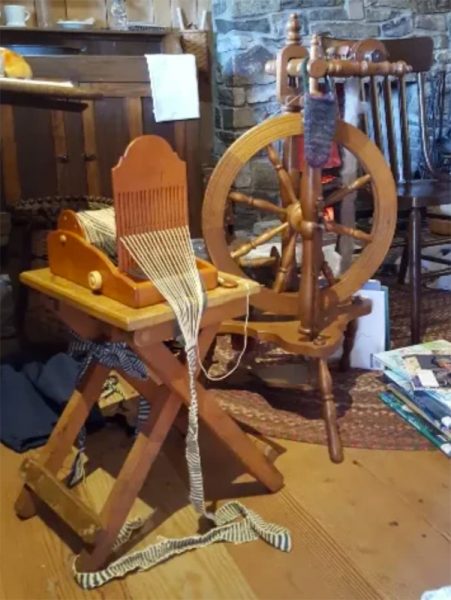
I have to confess that I am not as much surprised about modern changes in supplying a family with clothing as I am that they should be so slow in coming. It is not amazing that this task devolved wholly upon our grandmothers and that they performed it in practically the same way, as was true in the time of Abraham – almost four thousand years ago? As upon Sarah, “The mother of the faithful,” and the women of her household was laid the duty of taking the raw materials, as they came from the fields and the bodies of animals, and with only crude hand implements, clean, card, spin, color, weave into cloth and make up into garments, every shred of whatever any member of the family wore including her liege-lord – so was the same duty laid upon every farmer’s wife in America and the women of her household less than one hundred years ago!
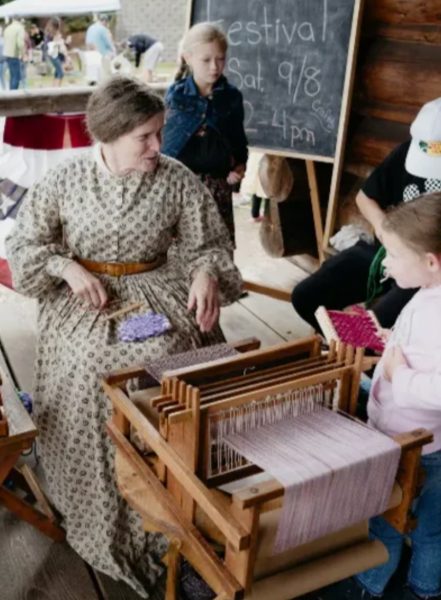
Any changes in the form of implements used counted for almost nothing in the ways of saving either time or labor. We know, furthermore, that from choice or necessity, our grandmothers, by toll in the fields or the care of domestic animals, often provided the raw materials. The descriptions of the model wife in the proverbs of Solomon apply equally well to many who have lived in this county, “She seeketh wool and flax and worketh willingly with her hands… She layeth her hands to the distaff and her palms to the spindle… She is not afraid of the snow for her household for they are doubly clothed.”
Yes she even dolled up her strutting spouse for swell occasions. How many high-headed Hoosiers formerly went to Indianapolis to sit in the Legislature or as delegates to some convention or lodge, togged out from head to foot, solely by the labor and skill of devoted wives may never be known. That many did so is beyond question.
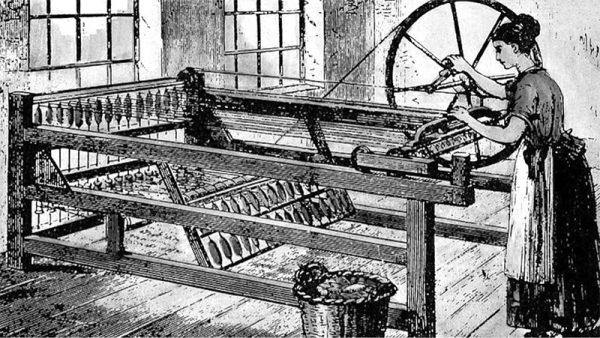
The change came with something of a rush, or course, through the invention of machinery, the power loom, spinning jenny and cotton gin, giving it a start, while sewing and knitting machines made it a revolution. The advantages of the first seem to have been brought within reach of our pioneers earlier, or they were more prompt to take advantage of them than some others. From more recent reports about such matters, it seems evident that primitive conditions continued in some localities after being dropped here.
My mother for example had a full outfit of those antiquated hand implements, for utilizing the various kinds of raw material and had been trained to their use from childhood. But she never laid a hand to some of them after coming here. Among her keepsakes were fine specimens of her early skill in making linen. Yet I am sure no flax was ever grown on our Indian Creek township farm. Her various contrivances for handling wool must have been fine. Yet, excepting the large spinning wheel (which she could make sing a tune, all right), all were neglected and it too early set aside. Her small spinning wheel, which was really a work of art, designed I think mostly for doubling and twisting yarns, performed only the menial service of making fish lines for the boys.
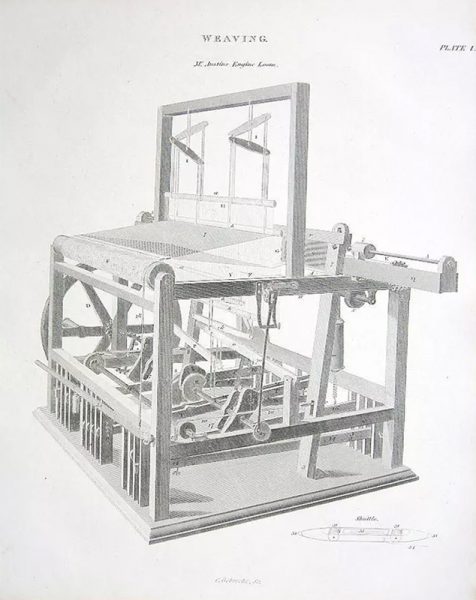
In short, soon after the beginning of things here, cotton yarns and cotton cloth of different grades appeared in the stores at prices which rendered the tedious, laborious hand work out of the question. Very soon mills for the earlier stages of woolen manufacture were also available, those covering the entire process following close on their heels.
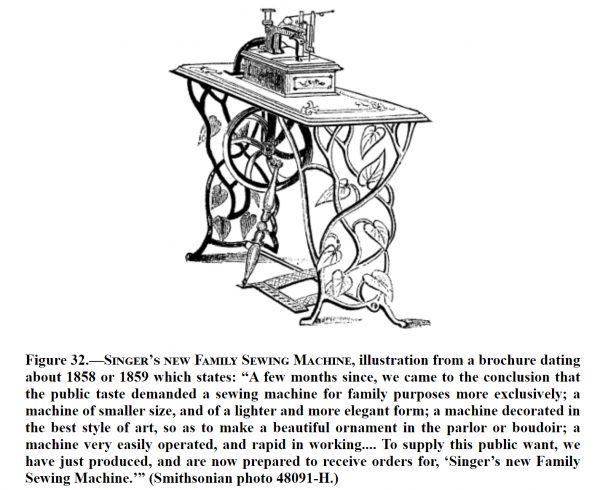 When I was a child, our people would start with their clip of wool and return the next day with a year’s supply of cloth of different grades, meeting every need of the family, including all-wool blankets scarcely equaled today. Thus, while hand sewing exclusively was still necessary, the periodical sojourn of a sewing woman in the family differed then from what is now only in the fact that it was liable to continue longer and that garments for boys and men, as well as those for girls and women, were included in the schedule. But there was surely something doing for a while, and all in all constituted a phase of life which will not be soon forgotten.
When I was a child, our people would start with their clip of wool and return the next day with a year’s supply of cloth of different grades, meeting every need of the family, including all-wool blankets scarcely equaled today. Thus, while hand sewing exclusively was still necessary, the periodical sojourn of a sewing woman in the family differed then from what is now only in the fact that it was liable to continue longer and that garments for boys and men, as well as those for girls and women, were included in the schedule. But there was surely something doing for a while, and all in all constituted a phase of life which will not be soon forgotten.
As to foot wear, no rubber or felt or combinations of the two could be obtained. Both boots and shoes of leather were on sale in the stores and were made by numerous cobblers. The leather used in both averaged much heavier than is common now, the patterns and workmanship being also far less dainty. Both of these were necessary if people were to have dry feet or get much service. Men and boys wore boots almost exclusively. It must be a sore deprivation for the boy of today not to know the joy of red topped boots.
Links to Earlier Articles
- Part one (Common Inconveniences) October 2018 newsletter.
- Part two (Land) June 2019 newsletter.
- Part three (Trees & Timber) November 2019 newsletter.
- Part four (The River) February 2020 newsletter.
Later editions are carried as separate posts.
- Part five (Public Roads)
- Part six (Schools)
- Part seven (Markets & Trading Points)
- Part eight (It’s Mills)
- Part nine (Wild Game)
- Part ten (Feathered Wild Game)
- Part eleven (Animal Pests & Birds of Prey)
- Part twelve (Fishing in the Early Days)
- Part thirteen (Wild Fruit)
- Part fourteen (Early Commerce on the Tippecanoe)
- Part fifteen (It’s Homes and Home Life)
- Part sixteen (House Raisings)